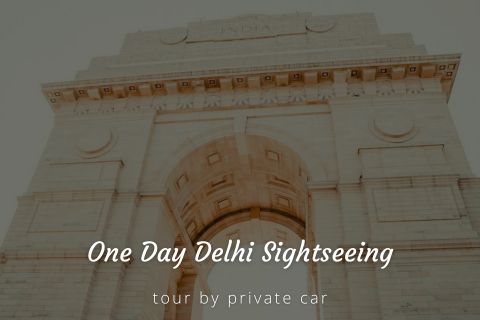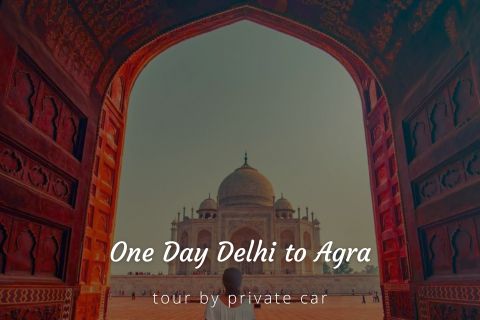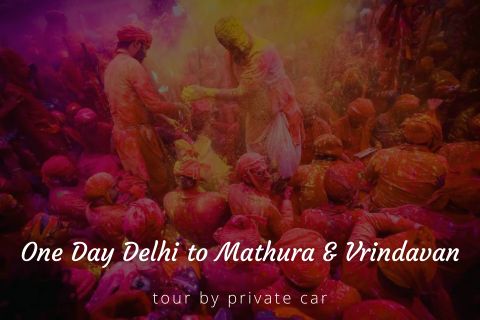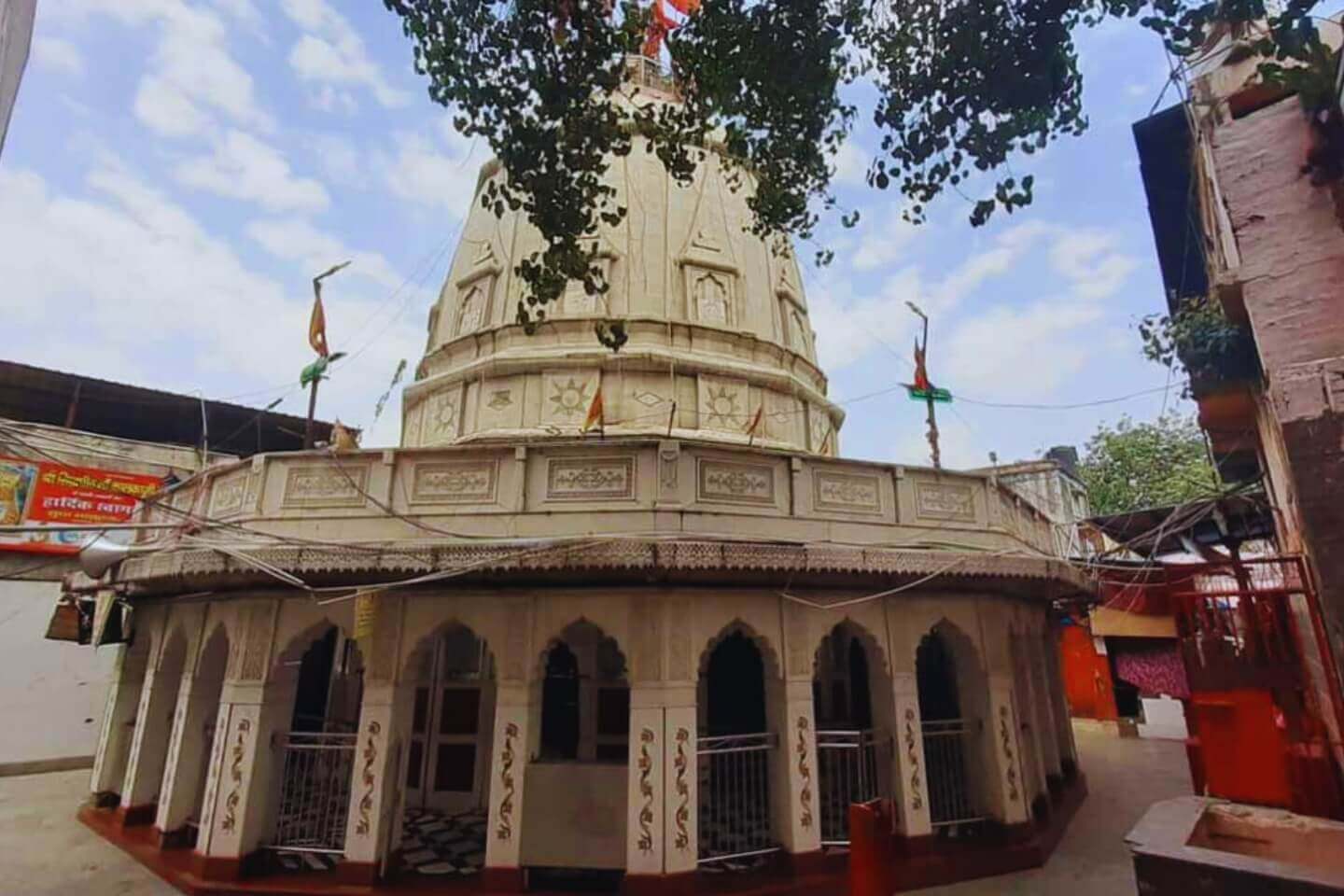Kalka Ji Mandir Delhi Entry Fee
- No entry fee
Kalka Ji Mandir Delhi Phone
092050 84060
Rating:  | 4 stars, of total 69 reviews
| 4 stars, of total 69 reviews
Kalka Ji Mandir Delhi Address: Kalka Ji, G7X5+QMQ, MandirNear, Mandir Stationadjoining, Block 9, Kalkaji, New Delhi, Delhi, 110019, India
AARTI – PRAYERS Timings
Morning :
06.30 – 7.00 a.m.
Evening :
08.30 – 9.30 p.m.
The Temple remains Closed during 11:45 am to 12:15 pm for offering prasad to the deity and between 3:00 pm to 4:00 pm for cleaning
Delhi City Tour Packages
Kalka Ji Mandir Delhi Timings
| Day | Timing |
|---|---|
| Monday | 4:00 am – 5:30 am 6:30 am – 11:45 am 12:15 pm – 3:00 pm 4:00 pm – 7:30 pm 8:30 pm – 11:30 pm |
| Tuesday | 4:00 am – 5:30 am 6:30 am – 11:45 am 12:15 pm – 3:00 pm 4:00 pm – 7:30 pm 8:30 pm – 11:30 pm |
| Wednesday | 4:00 am – 5:30 am 6:30 am – 11:45 am 12:15 pm – 3:00 pm 4:00 pm – 7:30 pm 8:30 pm – 11:30 pm |
| Thursday | 4:00 am – 5:30 am 6:30 am – 11:45 am 12:15 pm – 3:00 pm 4:00 pm – 7:30 pm 8:30 pm – 11:30 pm |
| Friday | 4:00 am – 5:30 am 6:30 am – 11:45 am 12:15 pm – 3:00 pm 4:00 pm – 7:30 pm 8:30 pm – 11:30 pm |
| Saturday | 4:00 am – 5:30 am 6:30 am – 11:45 am 12:15 pm – 3:00 pm 4:00 pm – 7:30 pm 8:30 pm – 11:30 pm |
| Sunday | 4:00 am – 5:30 am 6:30 am – 11:45 am 12:15 pm – 3:00 pm 4:00 pm – 7:30 pm 8:30 pm – 11:30 pm |
Counted among Delhi’s famous temples, Kalka Ji Mandir is dedicated to the Hindu goddess of Kali. Conveniently located in South Delhi, this temple is also known as Kalka Mandir, Kalka Devi Temple or Maa Shri Kalka Ji Mandir.
While the present day temple bears notes of modern construction, there are legends that trace back the age of this temple to the Hindu mystical chronological age of Treta Yug (Hindi for Silver Age). Religious pundits also claim that the most ancient sections of Kalka Ji Mandir were built in 1764.
This temple sees a lot of female and male visitors each day, the females outnumbering the males. However, Kalka Mandir sees its crowd peaking during the time of Navratri.
Kalka Ji Mandir Timings,Entry Fee & Aarti Schedule
Maa Shri Kalka Ji Mandir opens at 4 AM and closes at 11:30 PM on each day of the week. Entry to this Kali temple is free of charge for all. However, donation boxes are placed at certain locations inside the temple to facilitate the collection of funds from devotees.
The temple’s daily schedule remains the same more or less, except when the muhurat (auspicious time, as ascertained by the serving Hindu pundits) changes slightly. There are distinct schedules followed both in the mornings and evenings.
The morning schedule is as follows:
5 AM – Ganesh Vandana: This is the ritual of chanting verses and singing songs for the Hindu deity of Ganesha.
5:30 AM to 6:30 AM – Shringaar Time: This is the hour of dressing up the idol of Maa Shri Kalka Ji with fresh clothes and decorating it with ornaments, flower garlands and honorary tilak. The temple remains closed to the public during this time.
6:30 AM to 7 AM – Morning Aarti: Aarti is the ritual of worshipping Kalka Ji as the priests chant verses while simultaneously ringing a traditional handheld bell. Some priests also light incense sticks, collect the offerings of the visitors and place those at the base of the idol. During this time, many devotees can be seen praying or holding a plate full of auspicious leaves, pastes, fruits, money and diyas (clay lamps).
11:45 AM to 12:15 PM: The temple remains closed during this time as bhog (a portion of food given to the idol as an example of charity, so that the idol accepts the good works of the people) is offered to the deity of Maa Shri Kalka Ji. The bhog is served to the idol at 12 noon.
3 PM to 4 PM: The temple is shut for maintenance, repairs and cleaning.
The tentative evening schedule is as follows:
7 PM – Ganesh Vandana: Ganesh chantings are repeated again after sunset.
7:30 PM to 8:30 PM – Shringaar Time: The temple is again closed to the public so that the priests can dress up the idol of Maa Shri Kalka Ji for the evening programs.
8:30 PM to 9 PM – Evening Aarti: The aarti ritual is done again in the evening. This is a spectacle, and most visitors gather at the temple only during aarti times as there is a lot of frenzied activity, the singing of songs, throwing of flowers and playing of classical Indian musical instruments that accompany the aarti.
11:30 PM – Sajja Offering: This is the final ritual of the day when baskets full of flowers are offered to the deity of Maa Shri Kalka Ji. Thereafter, the temple is shut for the night until it reopens at 4 AM the following day.
Who is Kalka Ji?
Kalka Ji is a mythological goddess as per the Hindu religion. She is commonly known as Kali, and is believed to be one of the several incarnations of another Hindu deity called Durga. Kalka Ji is characterized by her strikingly dark skin tone and visibly intimidating stance. She is often hailed as a symbol of defiance, female power, aggression, intolerance and disobedience.
The Kalka Ji shrine in Delhi is one of the siddha peethas of Kali. Siddha peetha literally translates to ‘fulfilment temple’. This specific Kali temple has been termed the 'Jayanti Peetha' or 'Manokamna Siddha Peetha’ by religious experts. ‘Manokamna’ means ‘wish’. This is why most devotees believe that their wishes come true when they worship Maa Shri Kalka Ji at this temple.
Image Gallery of Kalka Ji Temple Delhi
The Ancient Legend of Kalka Ji
According to folklore, the deity of Kalka Ji was born at the present location of this temple in the Aravalli Hills of Delhi in the East of Kailash. If a Hindu legend is to be believed, many mythical gods used to reside in the area neighbouring Maa Shri Kalka Ji Mandir millions of years ago, possibly in the Golden Era (Satyug).
There were a couple of giants who would persecute these gods, ultimately compelling them to complain to Lord Brahma who had the title of ‘god of gods’. Incidentally, he delegated this task to goddess Parvati. This goddess brought out another goddess named Kaushki Devi who successfully killed the giants.
The aftermath of this murder was not so pleasant, however. The spilt blood of these two giants gave birth to thousands of other giants when it came into contact with the dry earth. It was a herculean task for Kaushki Devi to battle so many giants together. So, her compassionate mother (Maa Parvati) brought out another incarnation of herself – Kali.
Kali had a special power of changing her size as per the situation. She enlarged her mouth so that her upper lip reached the sky while her lower lip touched the foothills. With this gigantic mouth, Kali Devi was able to drink up all the blood that fell off the giants killed by Kaushki Devi.
Together, these two goddesses were able to fully eliminate the menace of the giants. Kali’s special contribution was much revered and she was worshipped as the area’s chief of divine beings. Pleased by the praise, she decided to dwell there permanently.
History Behind the Kalka Ji Mandir
There are several theories behind the date of construction of this Kali temple. Historians date Maa Shri Kalka Ji Mandir to 1764 AD, believing that the Marathas built it. Almost a century later, in 1816, the Peshkar (treasurer) of Mughal King Akbar Shah II, Mirza Raja Kidar Nath added his own touches to the shrine. After about another hundred years, the present-day temple took shape. The funding was accomplished mostly through the donations of devotees.
Folklore, however, has a different story. They say that during the time of the Mahabharata (Bronze Age), the Pandavas and Kauravas performed worship rituals at this temple. It is also believed that Kalka Ji was born at this very location.
The land on which this temple is built legally belongs to Thok Jogians and Shamlat Thok Brahmins. These are also the pundits who carry out the puja sewa (worship rituals) inside this mandir.
Architecture of Kalka Ji Mandir
Maa Shri Kalka Ji Mandir boasts of a marble finish. While its foundations are of brick, these blocks are coated with plaster and finally with marble, for that added elegance. A pyramid-shaped tower covers the outer construction of the temple.
The unique structure of this Kali mandir has 12 sides for the central chamber, each having its own entrance door. The length across each side measures 24 feet. All of the 12 doorways open out to a gallery and are lined by marble. Eight feet and nine inches wide, each of these galleries ends with three exterior doorways. Numbering 36 in total, these exterior openings are arched.
At the centre of the temple, there is a marble pedestal on which a carved stone statue of goddess Kali is kept. There is an engraving on this idol which spells out her name in Hindi. A stone trident is placed in front of the image of Kalka Devi.
Flanking the idol on both sides are a couple of tiger statues made of red sandstone. The entire setup can be clearly seen when you walk in from one of the eastern doorways of the temple. There are marble railings that guard Maa Shri Kalka Ji. One can also see Nastaʿlīq-style calligraphy inscribed on these railings and the pedestal.
Places to Visit near Kalka Ji Mandir
It doesn’t take long to explore the Kalka Ji Temple. In case you have all day with you, here are some other places nearby that you can visit after spending an hour inside and around the temple:
1. Lotus Temple: Also known as Baha’i Temple, Delhi’s Lotus Temple is a little over a 10-minute walk from Kalka Ji Temple. The strikingly beautiful lotus-shaped architecture of this building attracts most curious travellers to this temple which is open to the people of every religion. Surrounded by sprawling greens and ponds on each side, the Lotus Temple has 9 faces and 27 petals in all.
2. Astha Kunj Park: Spread over 200 acres, this public park is only 800 metres from Maa Shri Kalka Ji Mandir. A pleasant escape from the city’s pollution, Astha Kunj Park invites people to relax, play some football or cricket, go for a leisurely stroll or a long jog, or even walk their dogs. There is an open-air gym for people of all ages to work out their muscles, and also chairs at various locations for resting.
3. ISKCON Temple: A little over 1 km from Kalkaji Mandir is the famous ISKCON Temple. The International Society for Krishna Consciousness has dedicated this huge complex to the worship of the deity of Krishna, and also to the advancement of Vedic studies. Also known as Sri Sri Radha Parthasarathi Mandir, the temple has the largest Bhagvat Gita in printed form. One can visit the temple between 4:30 AM and 1 PM, and again between 4 PM and 9 PM.
4. Tughlakabad Fort: From Kalka Devi Mandir, about 6 km towards Tughlaqabad Extension brings one to the eponymous fort. Commissioned by Ghiyas-ud-din Tughlaq in 1321, the fort is built with granite and lime mortar. While most of the structure is in ruins today, the 14th century charm of the Tughlaq dynasty still fills the place. The place is open from 7 AM to 5 PM on all days.
5. Hauz Khas Forest: A 20-minute drive from Shri Kalka Ji Temple opens the doors to the enchanting Hauz Khas area of Delhi. While the Hauz Khas Forest is only a park, the astounding number of towering trees and other plants have earned it the moniker of a forest. The park is most popular among morning walkers and yoga enthusiasts who take advantage of the tranquil surroundings.
How to Reach Kalka Ji Mandir
Located in the National Capital Territory (NCT) of Delhi, opposite to Nehru Place Business Centre, Maa Shri Kalka Ji Mandir can be reached with the aid of a number of modes of transport. Some of those options are listed hereunder:
Metro: Kalkaji Mandir Metro Station is the nearest metro station from the temple. It takes only 11 minutes to walk up to the mandir after you get off the metro car as the distance is just 900 metres. This is one of the cleanest, shortest and most convenient ways to travel to Kalka Ji Mandir.
City Buses: The nearest bus stop from the temple is almost 1.5 km away at Kalkaji Mandir Stop. Delhi’s buses can be a bit crowded, and not very comfortable, but they happen to be the cheapest mode of transport. Depending on the route of the bus you catch, it can take a bit long to arrive as the bus will wind along different roads before dropping you off at the Kalkaji Mandir Stop. If you decided to walk the rest of the way, it will take you almost 20 minutes.
Private Transport: The temple has a facility for the parking of private vehicles. So, you can drive your own car or rent one from top car rental companies in Delhi. If you don’t drive, you can always hire a radio taxi such as Uber or Ola. Auto rickshaws can also be hired if you don’t mind the lack of air conditioning.
For having a relaxed holiday experience in the capital city of India, Delhi Tourism, a division of Holidays DNA has curated Delhi Tour packages that cater to each and every one. You can choose the package that suits you best and explore all the famous tourist attractions of Delhi. To know more about the various packages, please fill the Contact Us form.




